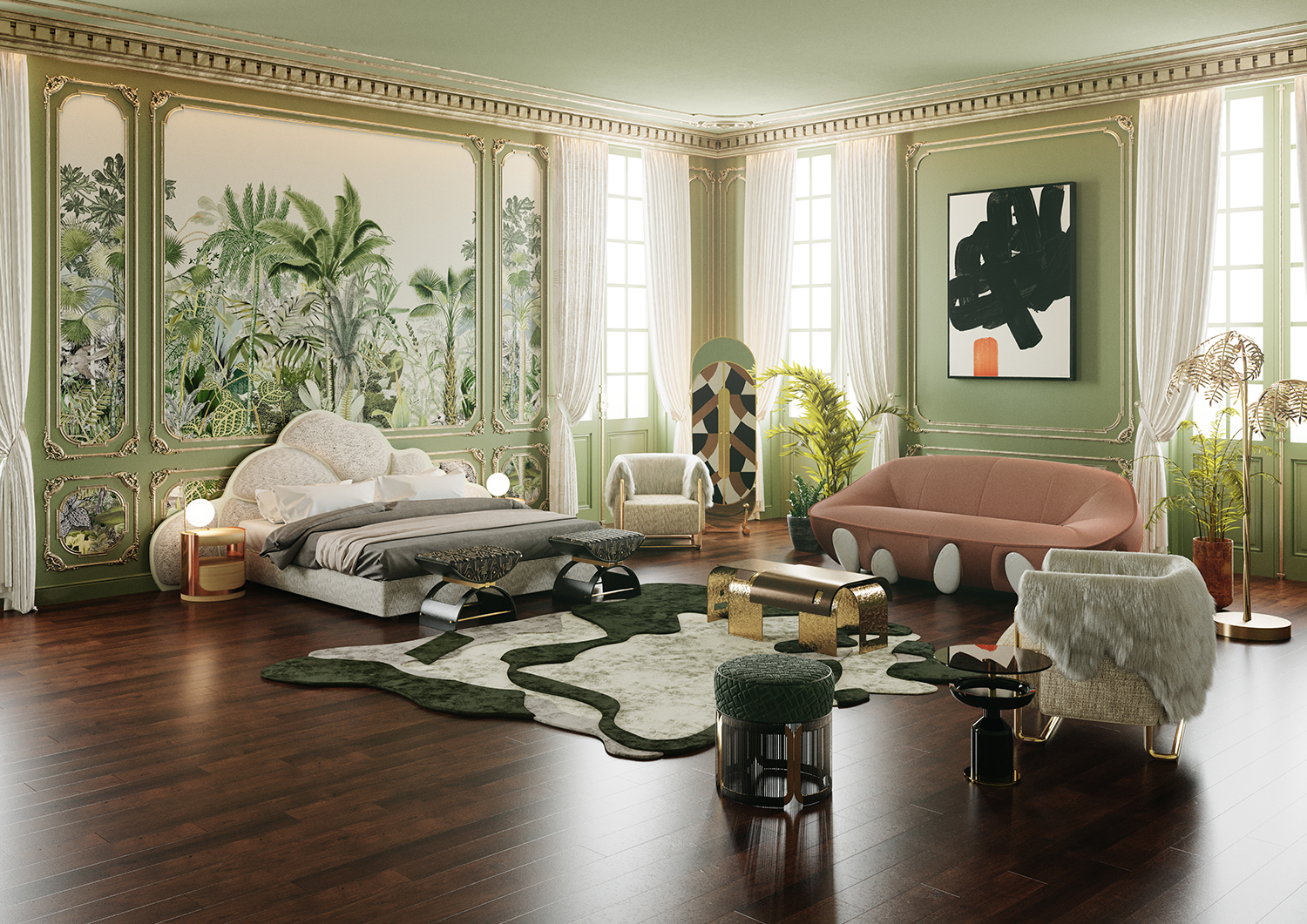Choose expert interior design firms to craft elegant interiors.
Choose expert interior design firms to craft elegant interiors.
Blog Article
Transform Your Home With Essential Concepts of Interior Design and Aesthetic Appeals
By comprehending the influence of color theory and the relevance of structure and patterns, one can create rooms that are not only aesthetically appealing however additionally deeply personal. Attaining this equilibrium entails more than mere decoration; it includes a tactical arrangement and a keen understanding of exactly how each component engages within a room.
Understanding Color Concept
Understanding the principles of shade concept permits designers to produce spaces that reverberate psychologically with passengers while meeting useful demands. Each classification plays a vital function in establishing harmony within a room.
The emotional impact of shades is profound; warm colors such as reds and oranges stimulate energy and heat, while amazing tones like blues and eco-friendlies advertise peace and peace. In addition, the use of corresponding colors improves aesthetic interest, producing striking contrasts that can raise an area's allure.
Neutral colors, on the various other hand, function as a versatile background, allowing other style components to radiate. It is important to think about aspects such as illumination and the space's function when selecting a color combination, as these can modify the understanding of colors throughout the day.
Eventually, a well-considered color scheme can transform a room, fostering a sense of convenience and design that aligns with the occupants' choices. Mastery of shade theory is, therefore, a crucial skill for any kind of indoor designer intending to produce unified and welcoming atmospheres.
Attaining Balance in Style
How can developers achieve a sense of balance in their rooms? Attaining equilibrium in style is essential to developing harmonious interiors. Developers can make use of three primary types of equilibrium: symmetrical, asymmetrical, and radial. In proportion equilibrium involves preparing elements equally around a central factor, fostering a sense of order and harmony. This type often includes pairs of furnishings or artwork, boosting visual stability.
Unbalanced balance, on the various other hand, counts on varying aspects that still attain a cohesive appearance. This method allows for more dynamic and informal arrangements, giving passion while maintaining stability. By thoroughly selecting differing dimensions, shades, and appearances, developers can develop a visually engaging space that feels balanced yet energised.
Radial equilibrium emphasizes a central focal factor with elements emitting external. This style is typically seen in circular designs, where furnishings and decor produce a cohesive surround that attracts the eye inward.
Inevitably, accomplishing balance requires thoughtful consideration of scale, percentage, and the partnerships between aspects. Architecture Firm. By skillfully using these equilibrium concepts, developers can transform spaces into settings that really feel both aesthetically pleasing and functionally unified, enhancing the total experience for owners
Significance of Spatial Understanding

An eager feeling of spatial recognition enables developers to determine centerpieces within a room, leading the viewer's focus to vital features while maintaining a total feeling of unity. It also helps in the tactical positioning look at this site of lighting, which can drastically influence the assumption of space and mood. Comprehending spatial partnerships enables the designer to cater to the details needs of residents, ensuring that each area serves its intended purpose without jeopardizing visual appeals.
Ultimately, spatial understanding is essential for making best use of the potential of any kind of indoor room. By carefully thinking about the interplay in between dimensions, format, and feature, designers can develop environments this post that not just meet functional requirements yet additionally stimulate a sense of convenience and charm, improving the overall living experience.
Incorporating Appearance and Patterns
Accepting a diverse range of appearances and patterns can dramatically boost the aesthetic and tactile allure of an interior space. The strategic use numerous materials-- such as wood, metal, textile, and stone-- produces depth and interest, making a room feel extra inviting and dynamic. Combining smooth surface areas with rough structures can establish a balance that attracts the eye and engages the senses.
When integrating patterns, take into consideration both scale and repeating. Big patterns can function as centerpieces, while smaller sized, subtle styles can enhance various other aspects without frustrating the room. Layering patterns, such as pairing floral cushions with striped tosses, adds intricacy and a feeling of harmony if implemented thoughtfully.
It is additionally essential to keep a cohesive shade combination, making sure that appearances and patterns collaborate rather than contend for attention. By choosing a couple of essential textures and patterns, you can produce a combined aesthetic that reflects your personal design while enhancing the general setting of the space. Ultimately, the mindful unification of these components can change an ordinary space right into like this an innovative atmosphere abundant with personality and heat.
Individualizing Your Room
Producing an area that shows your personality is crucial to accomplishing a genuinely welcoming atmosphere. Personalization in indoor layout permits you to infuse your special design and interests right into your home, changing it from a mere sanctuary into a haven that speaks to who you are. Begin by selecting a color palette that resonates with your feelings-- bold tones can invigorate, while soft tones offer serenity.
Incorporate artwork and decor that show your enthusiasms, whether it be travel, nature, or abstract concepts. Displaying individual collections, such as publications, pictures, or mementos, can evoke valued memories and develop prime focus within an area. Furthermore, think about tailoring practical items, like upholstered furniture, to straighten with your visual choices.

Final Thought
To conclude, the improvement of a home via the essential principles of interior style and looks requires a comprehensive understanding of color concept, balance, spatial awareness, texture, and customization. Each element adds substantially to producing an unified and useful living atmosphere - miami luxury interior design. By thoughtfully integrating these concepts, individuals can improve the visual charm and psychological resonance of their areas, ultimately cultivating a home that reflects distinct identifications while supplying comfort and practicality
Report this page